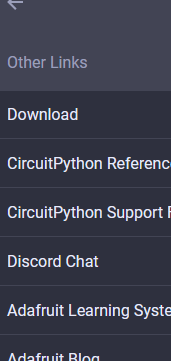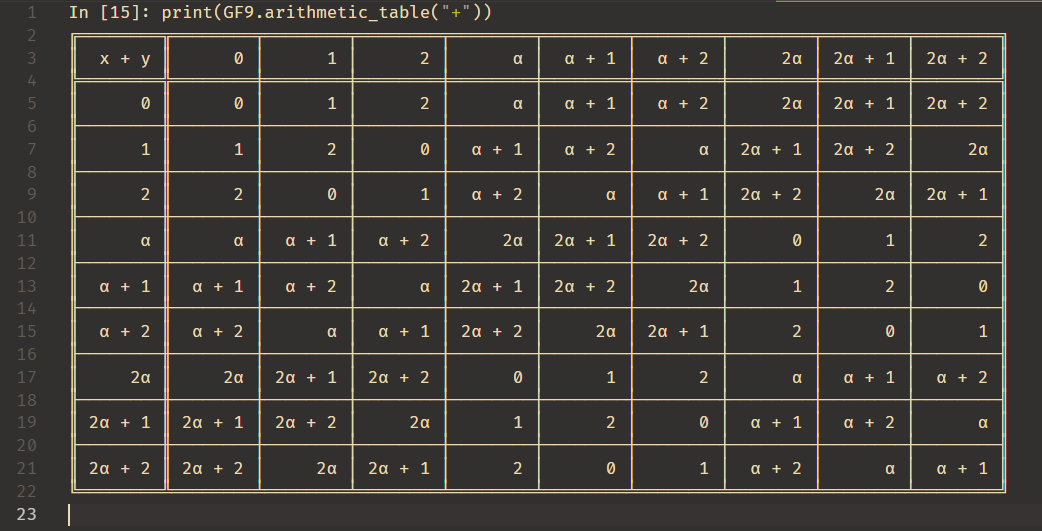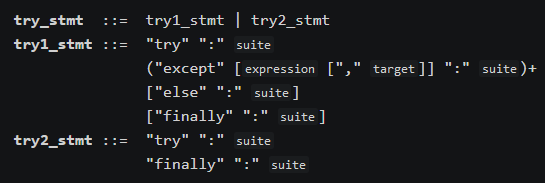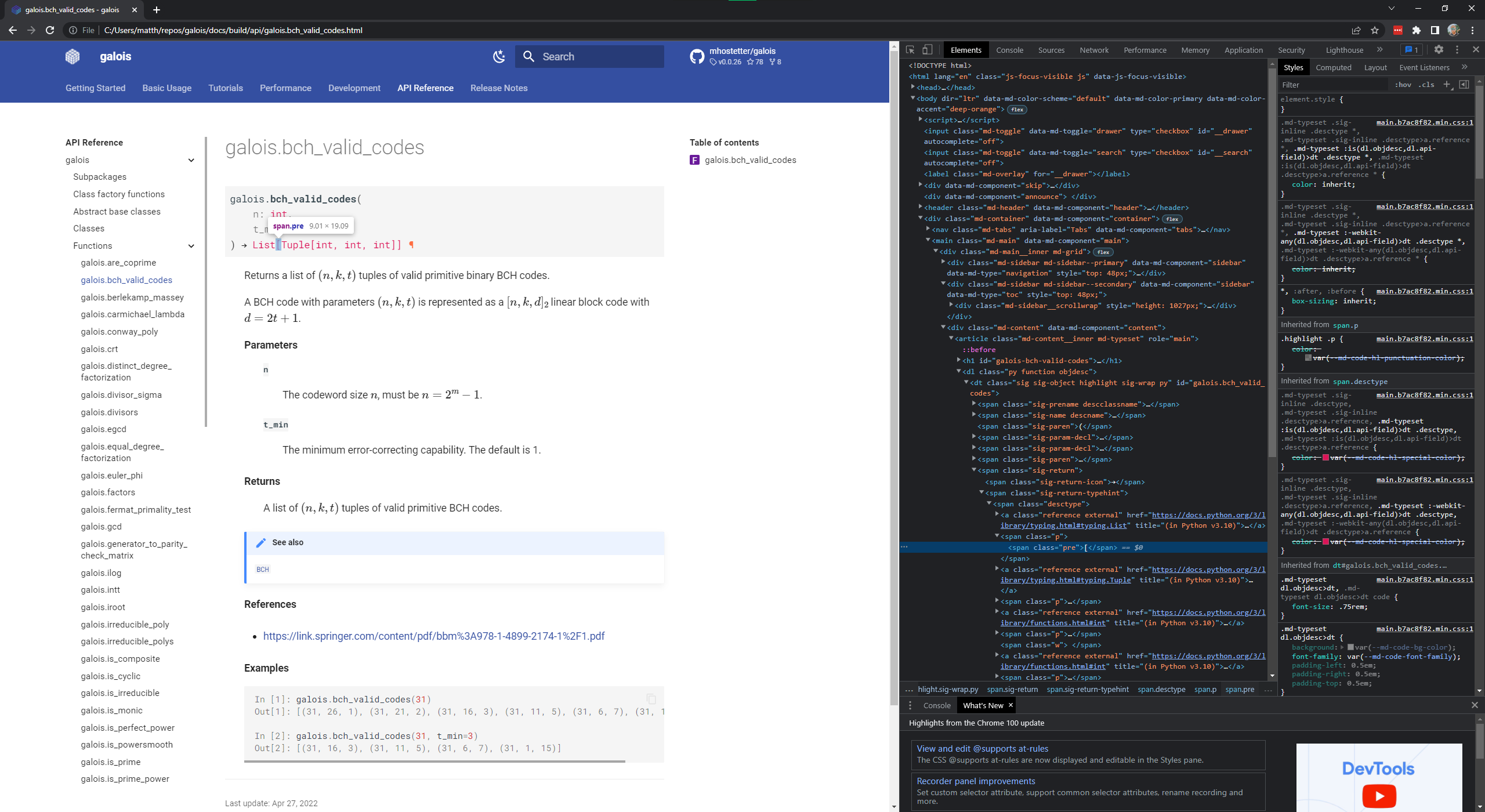This theme is an adaptation of the popular mkdocs-material theme for the Sphinx documentation tool.
This theme is regularly maintained to stay up to date with the upstream mkdocs-material repository. The HTML templates, JavaScript, and styles from the mkdocs-material theme are incoroprated directly with mostly minor modifications.
This theme is a fork of the sphinx-material theme, which proved the concept of a Sphinx theme based on an earlier version of the mkdocs-material theme, but has now significantly diverged from the upstream mkdocs-material repository.
See this theme's own documentation for a demonstration.
WARNING: This theme is still in beta. While it is already very usable, breaking changes will still be made prior to the 1.0 release.
Install via pip:
$ pip install sphinx-immaterialor if you have the code checked out locally:
$ pip install -e .In your conf.py add sphinx_immaterial as an extension:
extensions = [
...,
"sphinx_immaterial"
]and add the following:
html_theme = 'sphinx_immaterial'to set the theme.
You can customize the theme by overriding Jinja template blocks. For example, 'layout.html' contains several blocks that can be overridden or extended.
Place a 'layout.html' file in your project's '/_templates' directory.
mkdir source/_templates
touch source/_templates/layout.htmlThen, configure your 'conf.py':
templates_path = ['_templates']Finally, edit your override file 'source/_templates/layout.html':
{# Import the theme's layout. #}
{% extends '!layout.html' %}
{%- block extrahead %}
{# Add custom things to the head HTML tag #}
{# Call the parent block #}
{{ super() }}
{%- endblock %}This theme closely follows the upstream mkdocs-material repository, but there are a few differences, primarily due to differences between Sphinx and MkDocs:
- This theme adds styles for Sphinx object descriptions, commonly used for API documentation (e.g. class and function documentation). This is a core element of Sphinx for which there is no corresponding feature in MkDocs.
- mkdocs-material uses lunr.js for searching, and has custom UI components for displaying search results in a drop-down menu as you type the search query. This theme uses a separate search implementation based on the custom index format used by Sphinx, which fully integrates with the search UI provided by mkdocs-material.











































